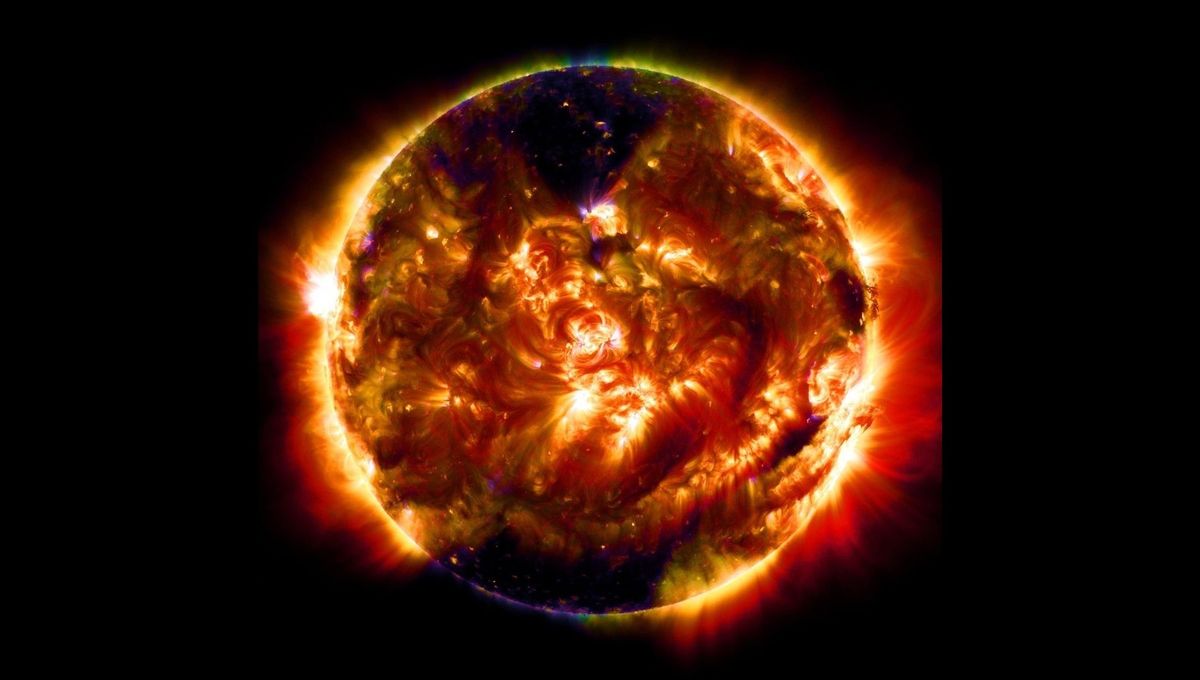
Entropy is one of those concepts that is so fundamental that it needs to be explained far and wide in accessible terms, but has consequences that baffle us when we think about it for a while. It is the measure of disorder of a system, and in an isolated system – such as the universe – it always increases. So things spontaneously tend towards chaos and it takes energy to actually reduce the chaos.
A standard example is that a freezer will turn liquid water into ice cubes, thus reducing the entropy there. Still, the freezer is powered by a motor that will consume energy, release heat, and make sure that the second law of thermodynamics is not violated. The entropy of the universe has increased overall, even though it decreased inside the freezer temporarily. But our topic today is the Sun, so let’s talk about the connection between our star and entropy.
Across the internet, we have seen two major points of discussion connecting the Sun and entropy. Let’s examine them one at a time. The first one is about the Sun and how it links to life on Earth. Life maintains a highly ordered system, so it has low entropy. Sure, it can get more disordered as time goes by – one of the reasons why we age – but in general, life is a low-entropy state.
In some corners of the internet and beyond, this is often seen as a violation of the second law of thermodynamics and thus proof that evolution is wrong. It’s hilarious that some people believe that tens of thousands of scientists have somehow forgotten one of the most famous laws of the universe only to be confronted by someone with an X account.
There is no violation. Entropy always increases in an isolated system. Earth is not an isolated system – it’s an open system. Energy and matter fall onto our planet and escape it. Life on Earth can be a local reduction of entropy because the energy it needs comes from the Sun, and that reduction of entropy is just temporary – life will, over time, devolve into chaos as the Sun boils the ocean and eventually destroys the planet.
But the Sun is also low-entropy in itself. Life is one of the many things in the universe that have low entropy – stars, planets, etcetera all have low entropy. This often seems baffling. We are used to thinking of low entropy as the ice cube from the above example and higher entropy as the water in the ice cube tray. But it’s all relative; even hot objects can have low entropy compared to something else.
The Sun is a big sphere of plasma, bubbling, convecting, releasing particles, flares, and eruptions – particularly now that it is at its maximum. If it were a perfect magical crystal of the same size it would be a lot more ordered. And it would have to be magical because physics wouldn’t allow it to exist. Still, our real Sun is a lot more ordered than the gas cloud it formed from.
Does the Sun violate the second law of thermodynamics? No chance. Its formation required the original gas to radiate out a lot of heat: the Sun reduced the nebula’s disorder but the total entropy of the universe increased. Relative to its surroundings and the possible arrangement of its components, the Sun is highly organized and has low entropy.
The moral of the story is that sometimes things that are hot still have low entropy, and you shouldn’t bet on violations of the second law of thermodynamics.
Source Link: What’s The Sun’s Low Entropy About? Life, The Universe, And Some Other Things…